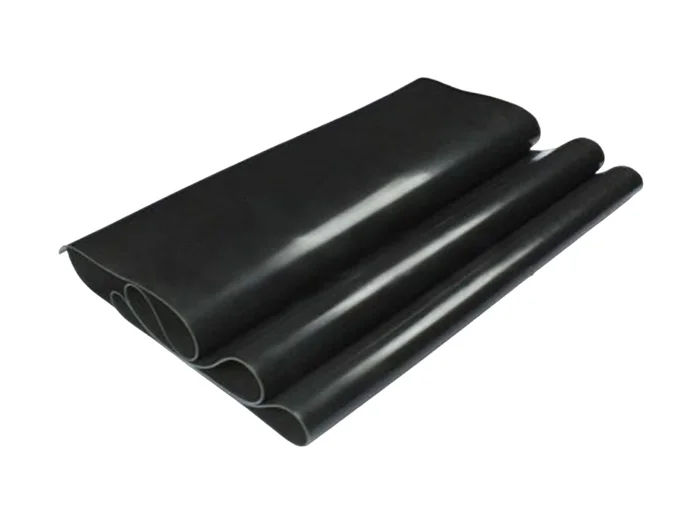Plastic vs. Glass: A Comprehensive Environmental Impact Analysis
3 min readIn the ongoing debate about environmental sustainability, the question of whether plastic or glass is worse for the environment has garnered significant attention. Both materials are ubiquitous in our daily lives, yet their production, usage, and disposal have profound implications for ecological health. This article delves into the multifaceted environmental impacts of plastic and glass, examining their life cycles, resource consumption, and long-term ecological consequences.
The Life Cycle Analysis: From Production to Disposal
- Resource Extraction and Production
The environmental impact of any material begins with its extraction and production.
- Plastic: Derived primarily from petrochemicals, the production of plastic involves the extraction of fossil fuels, which contributes to greenhouse gas emissions and environmental degradation. The process is energy-intensive, requiring significant amounts of water and energy. Moreover, the extraction of oil and gas can lead to habitat destruction and pollution.
- Glass: Glass is made from natural materials such as sand, soda ash, and limestone. While the extraction of these raw materials is less harmful than fossil fuel extraction, the production of glass is energy-intensive, requiring high temperatures for melting. This process often relies on fossil fuels, contributing to carbon emissions.
- Usage and Durability
When it comes to usage, both materials have their advantages and disadvantages.
- Plastic: Lightweight and versatile, plastic is favored for its convenience. However, its durability means that it can persist in the environment for hundreds of years, leading to significant pollution, particularly in oceans and waterways. Microplastics, which result from the breakdown of larger plastic items, pose a severe threat to marine life and ecosystems.
- Glass: Glass is non-toxic and can be recycled indefinitely without loss of quality. Its durability also means it can be reused multiple times, reducing the need for new production. However, glass is heavier and more fragile than plastic, which can lead to higher transportation emissions and breakage waste.
Recycling and Waste Management
- Recycling Rates and Processes
Recycling plays a crucial role in mitigating the environmental impact of both materials.
- Plastic: The recycling rate for plastic is alarmingly low, with estimates suggesting that only about 9% of plastic waste is recycled globally. The complexity of plastic types and the contamination of recyclable materials complicate the recycling process. Many plastics end up in landfills or the environment, where they can take centuries to decompose.
- Glass: Glass recycling rates are significantly higher, with many regions achieving rates above 30%. The recycling process for glass is relatively straightforward, as it can be melted down and reformed without degrading its quality. However, the transportation of glass for recycling can offset some of the environmental benefits due to its weight.
- End-of-Life Impact
The end-of-life scenario for both materials is critical in assessing their overall environmental impact.
- Plastic: When plastic is not recycled, it often ends up in landfills or the ocean. In landfills, plastic can take hundreds of years to decompose, releasing harmful chemicals into the soil and groundwater. In marine environments, plastic pollution poses a significant threat to wildlife, leading to ingestion, entanglement, and habitat destruction.
- Glass: Glass, on the other hand, is inert and does not leach harmful chemicals into the environment. However, if glass is not recycled and ends up in landfills, it can also take thousands of years to break down. The environmental impact of glass waste is less severe than that of plastic, primarily due to its non-toxic nature.
Conclusion: A Balanced Perspective
In conclusion, determining whether plastic or glass is worse for the environment is not a straightforward task. Each material has its unique set of advantages and disadvantages, and their environmental impacts are influenced by various factors, including production methods, usage patterns, and waste management practices.


